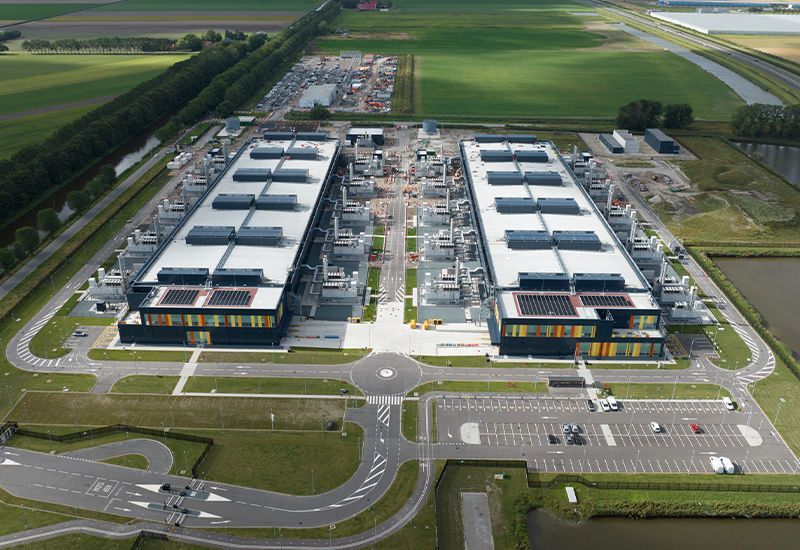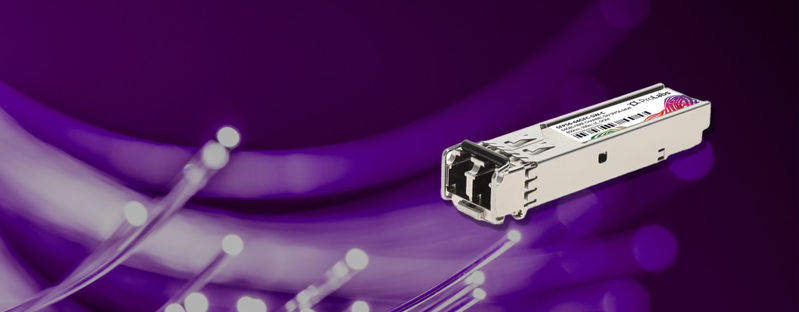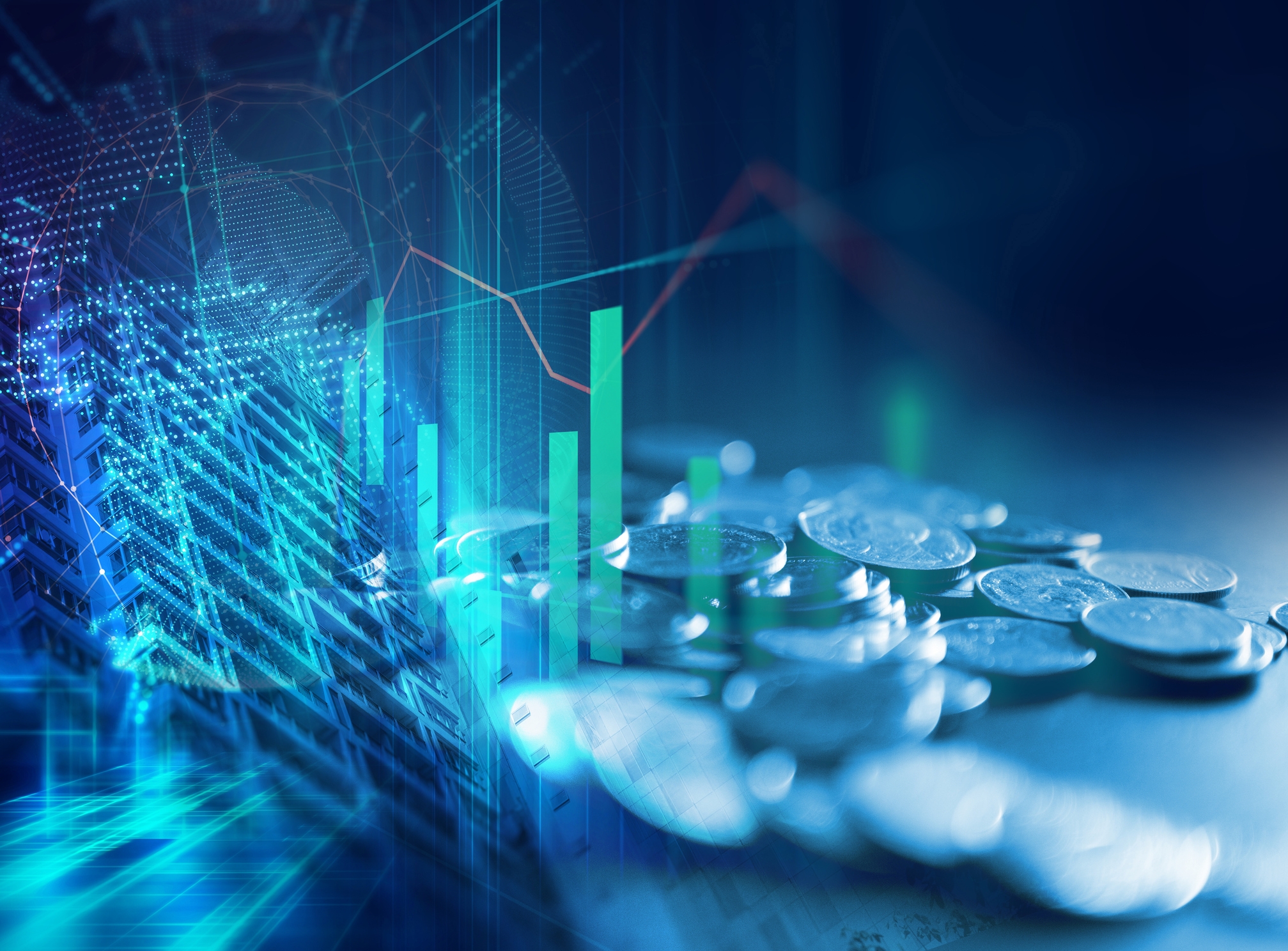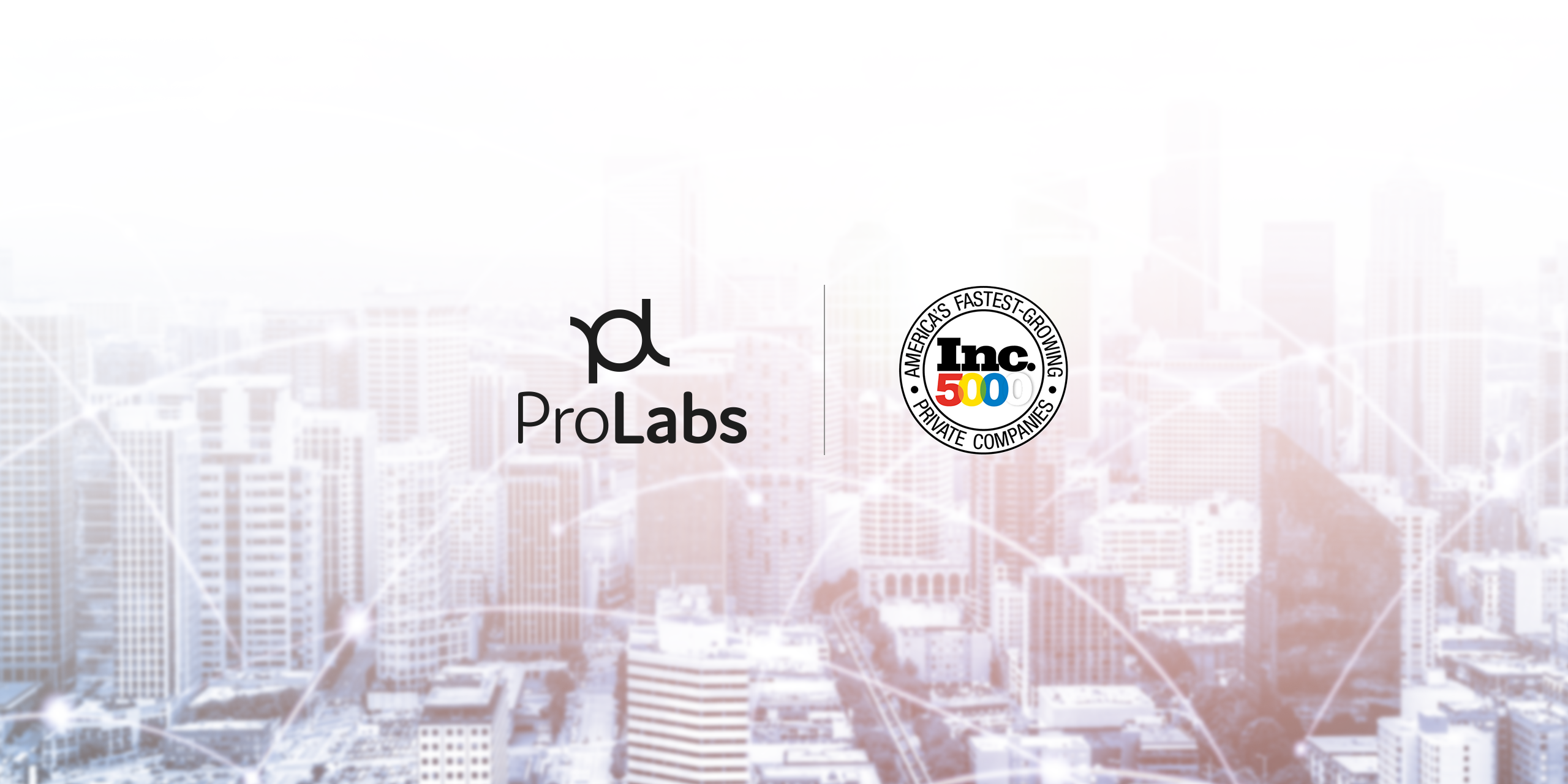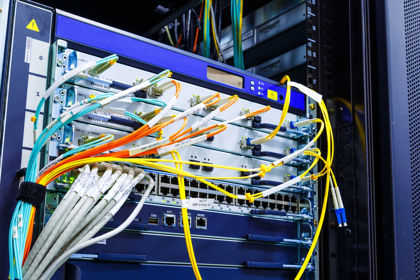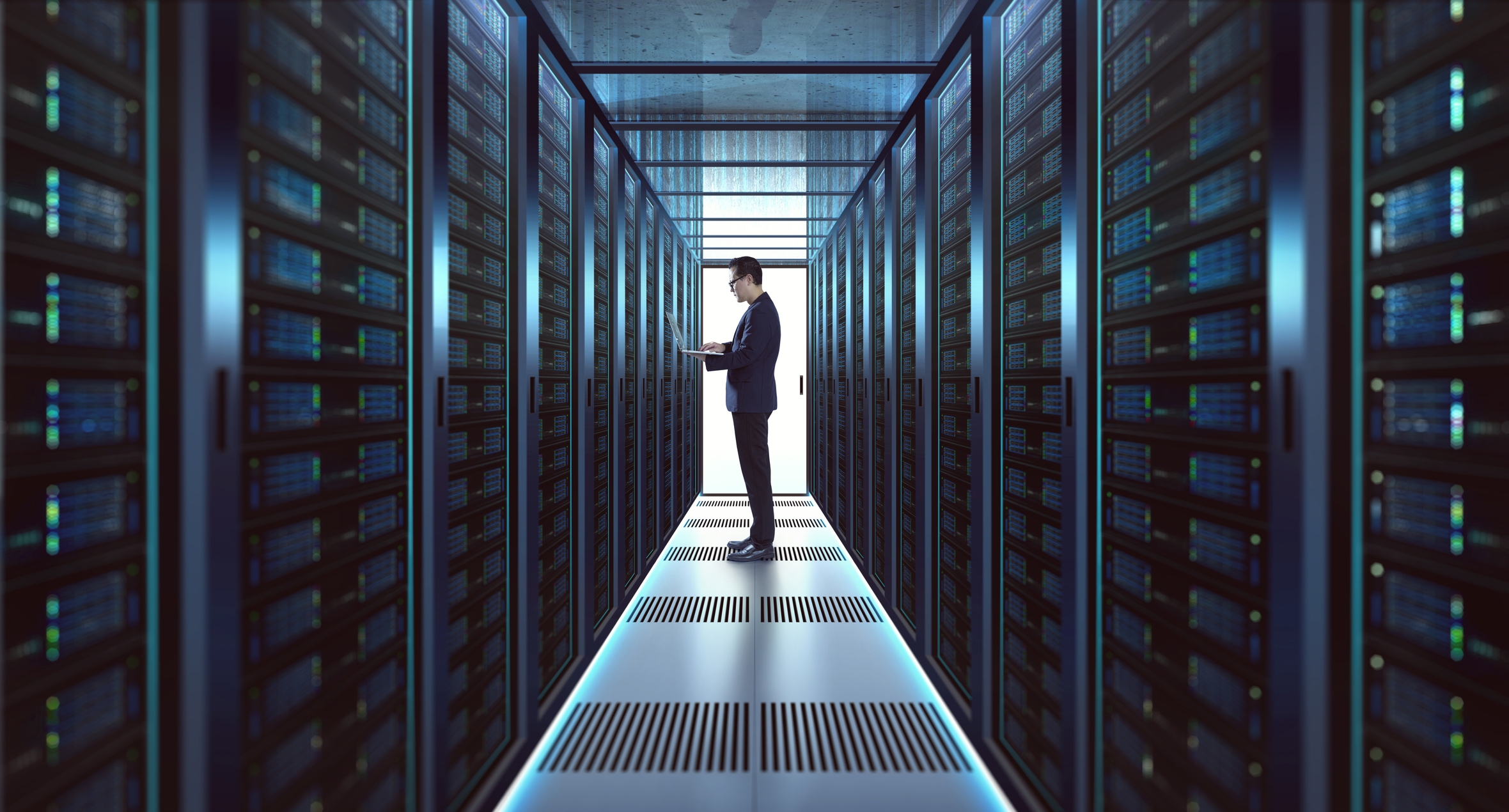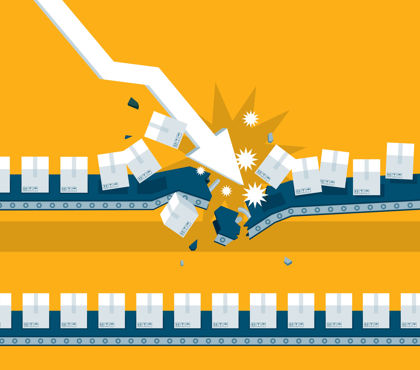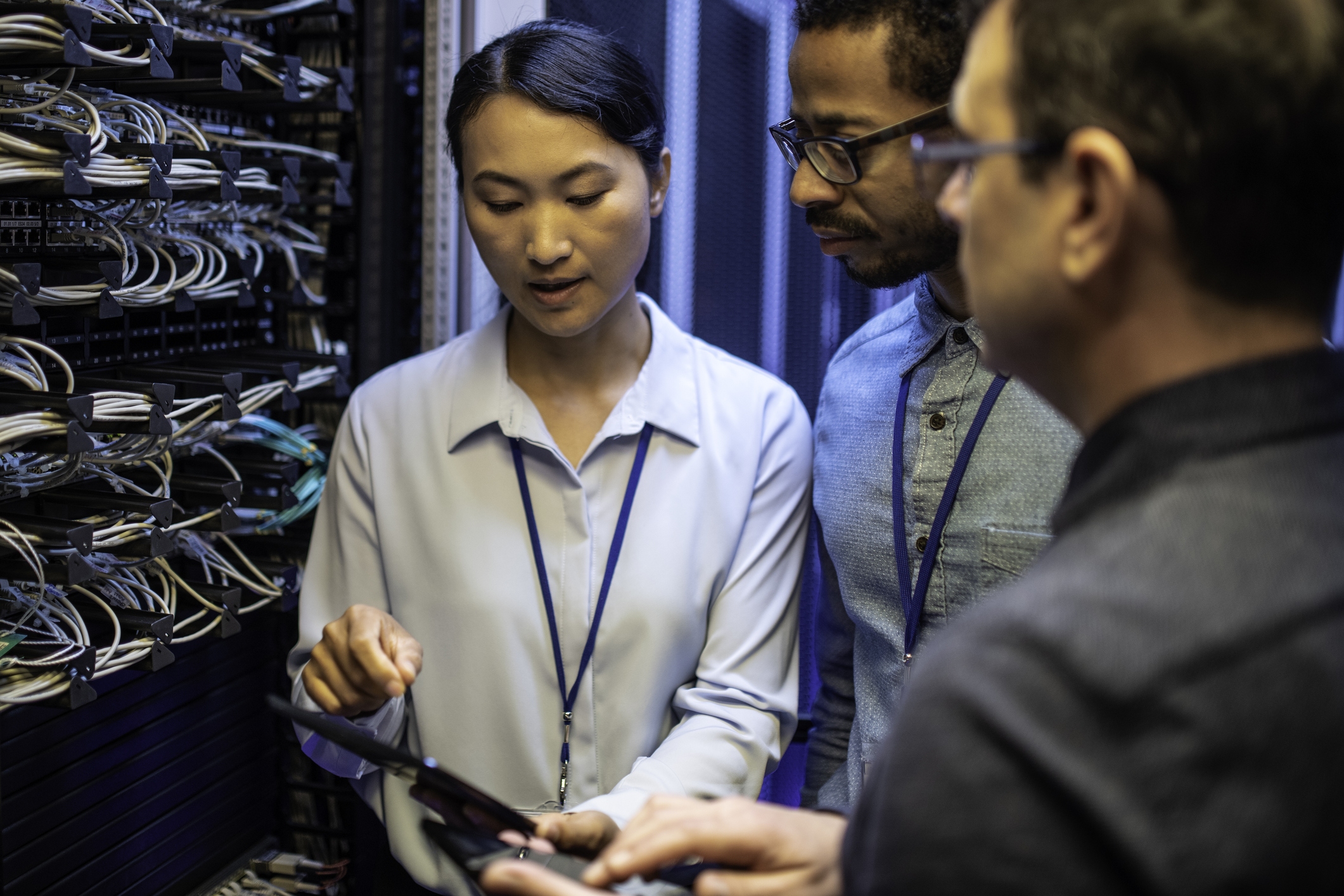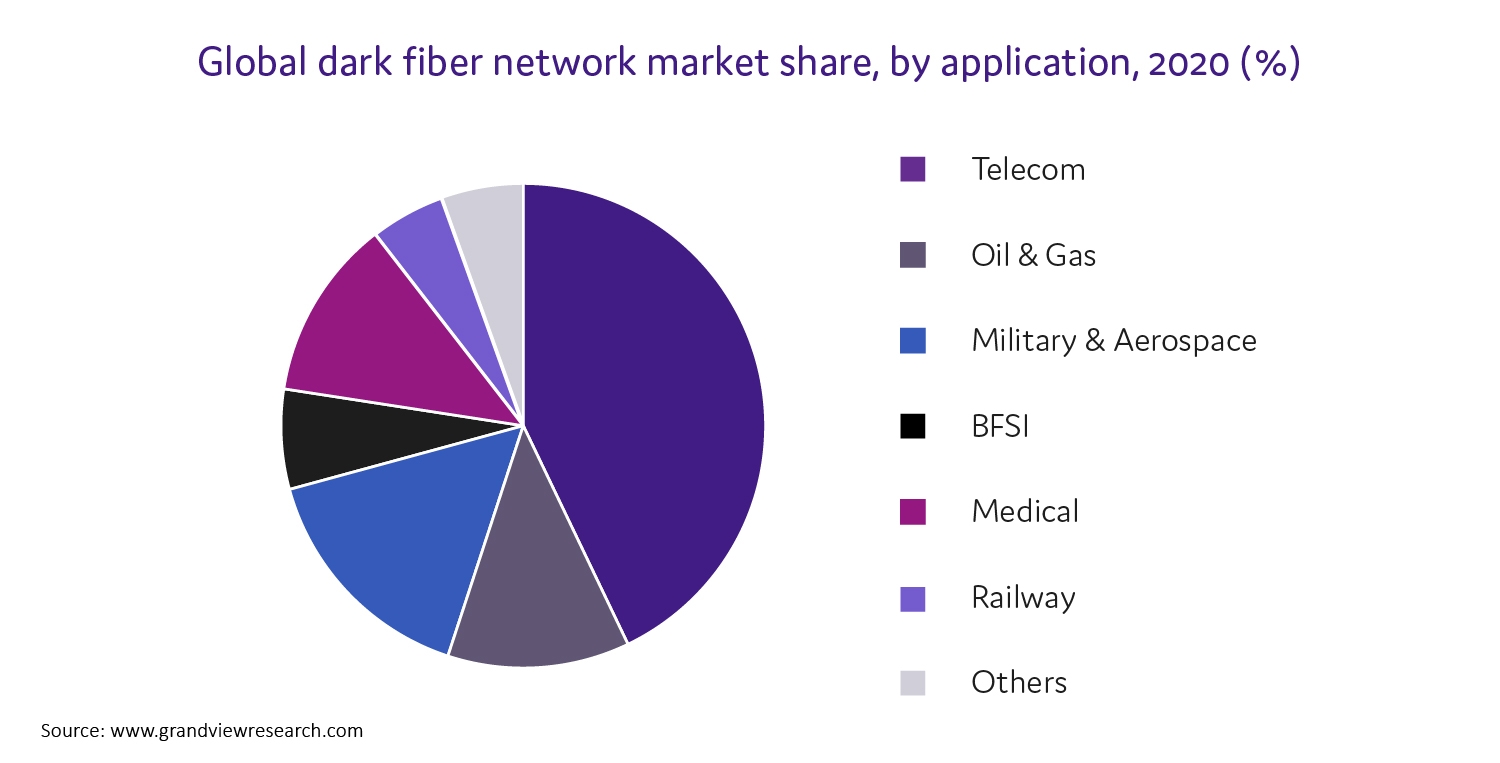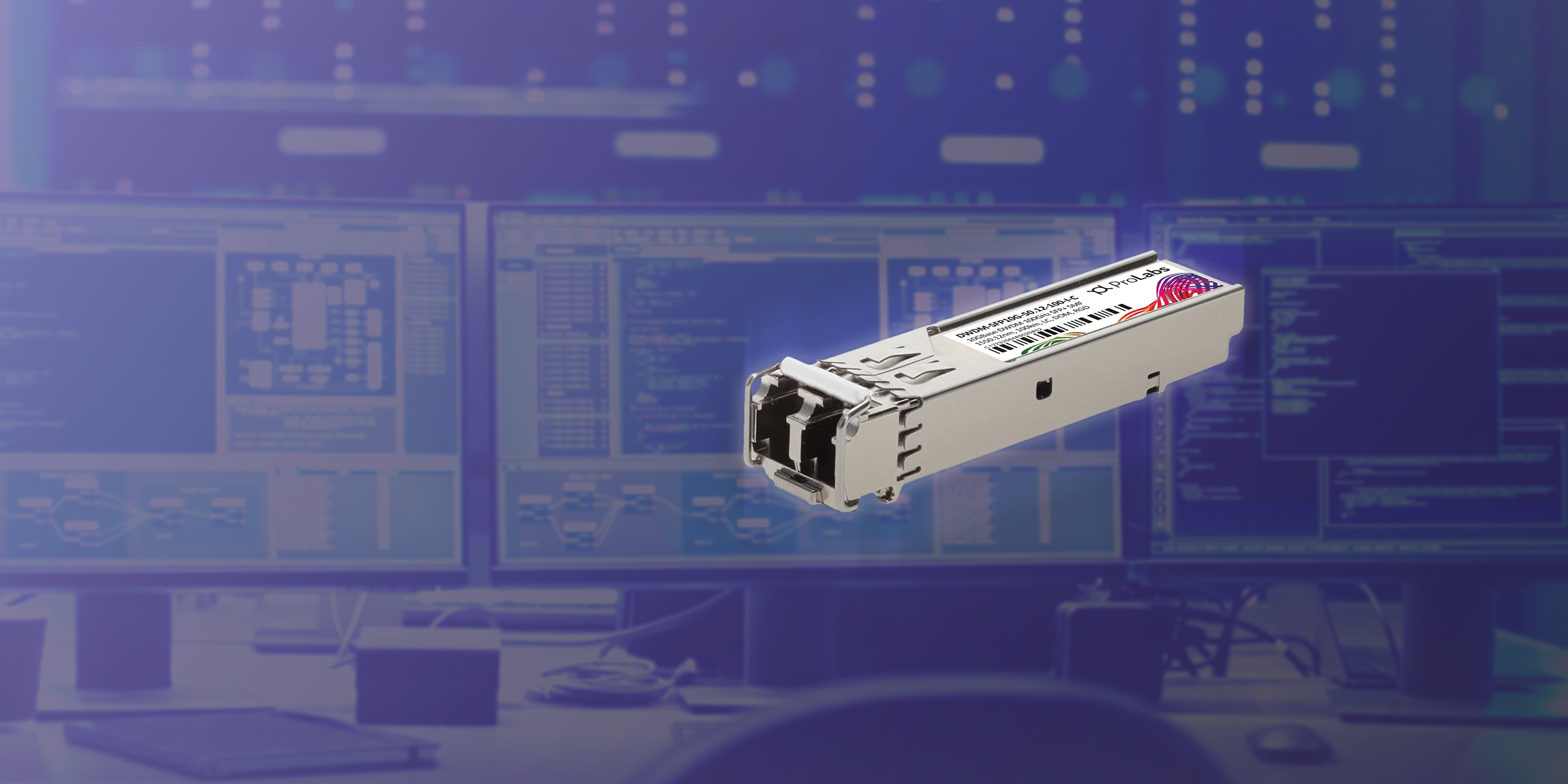Significant changes are engulfing the finance sector and part of the solution for each change requires a robust fiber optic network. In 2020 KPMG / Harvey Nash surveyed the priorities of more than 350 banking industry CIO's. The two top priorities were: 1) improve operational efficiency and 2) increase customer engagement. Almost half (47%) expect to transform their current operating models.
78% of CIO's expect to increase their use of automation throughout their organization. Automation is a huge topic and a few top banking automation priorities include:
1) Developing strategic cooperation with neobanks and fintech companies.
2) Making greater use of robotic process automation software.
3) Universal adoption of cloud computing.
4) Leveraging artificial intelligence and big data in operations.
5) Providing APIs to enable stakeholder application development.
6) Automation and virtualization of the customer relationship.
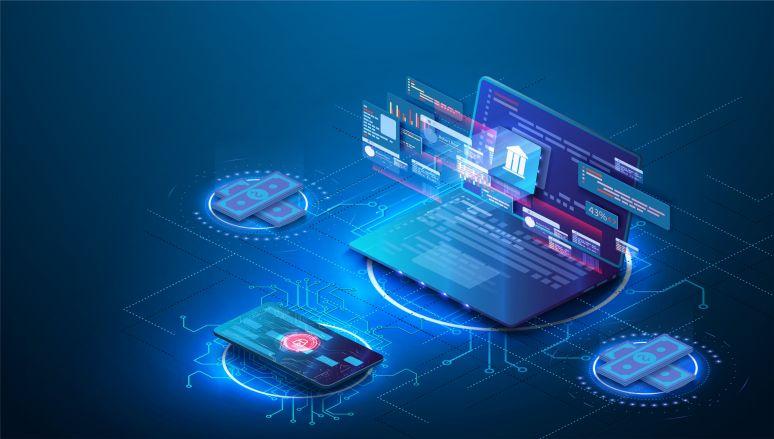
The banking trends discussed below require high bandwidth, long distance, temperature tolerant, low-latency networks that only fiber optic communications systems deliver.
Opening, Closing and Verifying Accounts
Considerable time, effort and labor is needed to open/close accounts, resolve fraud issues, process trusts/probate, manage portfolios and prove customer identity. Many processes require documents and approvals and review by multiple personnel that may take weeks. In the future, these processes will be done through automated forms, large file scanning/storage, optical character recognition, biometric IDs with artificial intelligence driving the process. Each step requires significant file transfers from local banking facilities to regional data centers. Optical networks offer the high data rates, resilience, low latency, security and long distance needed to enable this process and for it to appear near instantaneous.
Capital Management and Robo Advisors
Increasingly, banks will add value through custom tailored financial services. Relationship Managers will assist customers with financial strategies for savings, investing, capital management, compliance, reporting and other services. These advisors will be highly specialized and communicate remotely with clients in virtual offices using custom tailored data sets using multimedia tools. The volume of multimedia data will require optical bandwidth to deliver and significant data center processing for analysis.
Payments and Transfers
Peer-to-peer (P2P) exchanges, P2P lending, business-to-business transactions, and all manner of routine banking will take place on secure blockchain based networks that empower the customer and eliminate mundane human banking tasks. The elaborate network of servers, storage, data centers and communications needed for processing millions of transactions per minute can only function at the speed of light on fiber optic networks.
Whether you are building banking co-location facilities or private clouds, ProLabs has the expertise and inventory of transceivers and interconnect cabling to link thousands of servers to switches at 10G, 25G, 100G or higher within these facilities.
If you are interconnecting bank branches to regional offices and data centers or to the wider telecommunications infrastructure, ProLabs also specializes in supplying 100G to 400G high speed, long distance, temperature compensated DWDM, CWDM and gray optics for your network needs.
Simply contact us to find out more.



